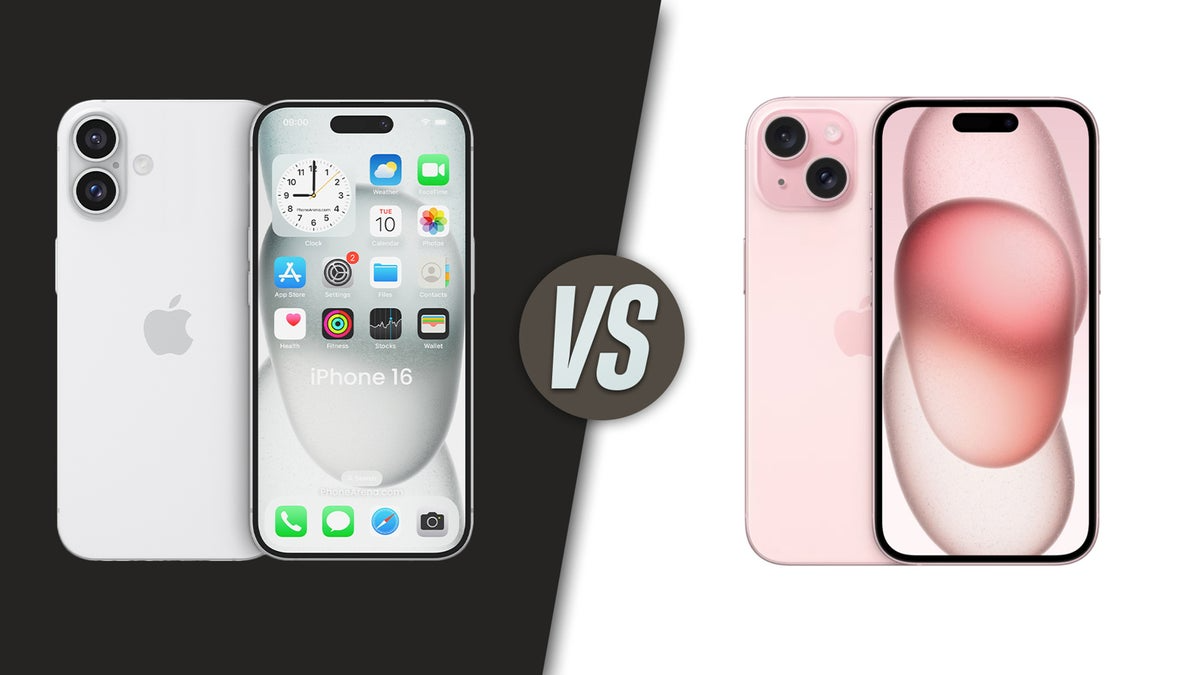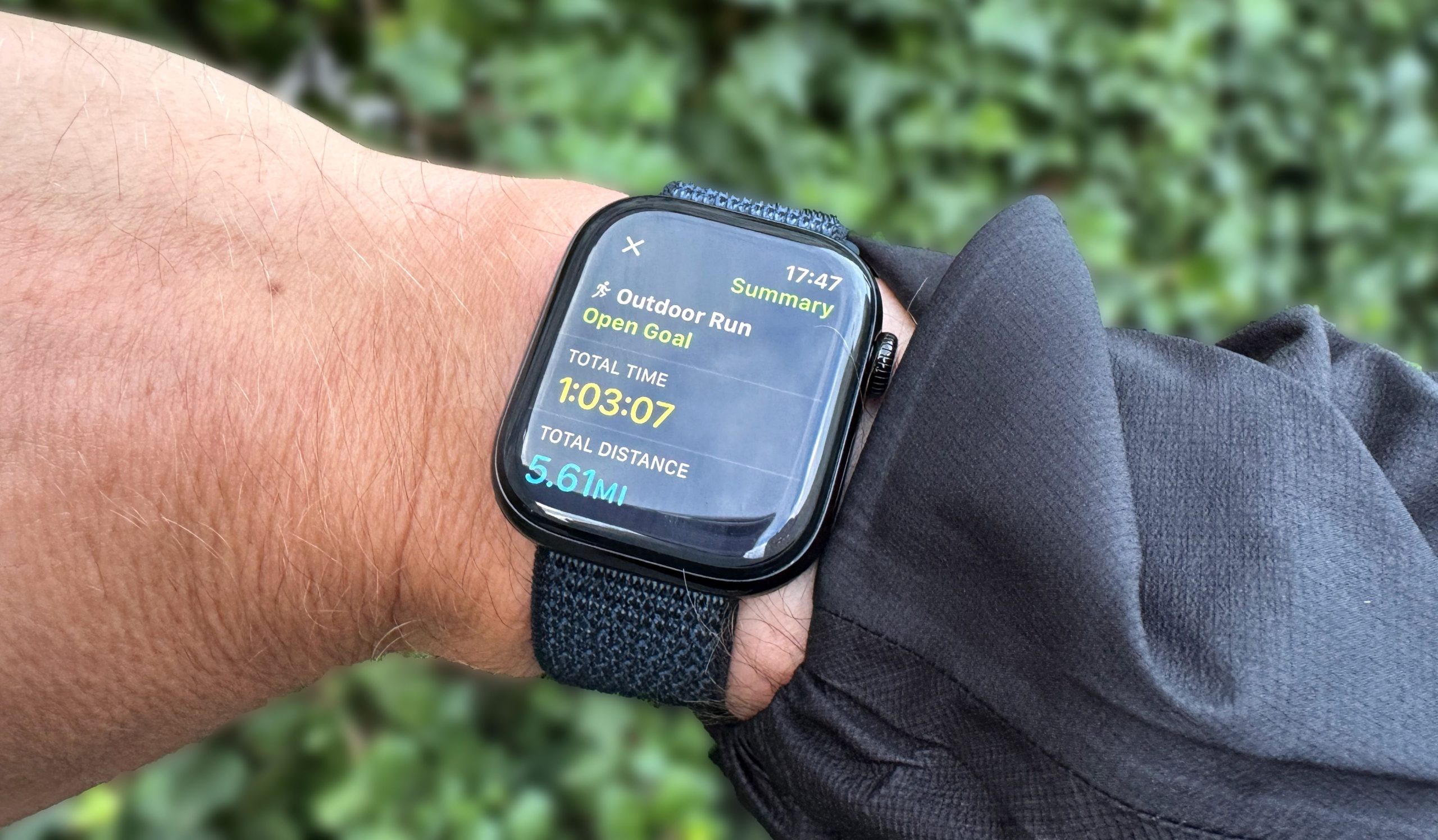Performance and Processing Power
A18 Chip Boosts iPhone 16 Performance
The iPhone 16 introduces the powerful A18 chip, offering a significant performance leap over the iPhone 15’s A16 chip. This upgrade enhances multitasking, gaming, and AI-driven features, making the iPhone 16 feel snappier for demanding tasks. While the iPhone 15 remains capable for everyday use, the A18’s efficiency and speed cater to users seeking future-proof technology, especially for intensive apps and workflows.
Camera Upgrades and Photography
Enhanced Camera System on iPhone 16
The iPhone 16 features a vertically aligned dual-camera system, enabling spatial video recording and improved low-light performance compared to the iPhone 15’s setup. With 8GB of RAM (up from 6GB), the iPhone 16 processes images faster, delivering sharper results. Although the iPhone 15’s camera is still excellent for casual photography, the iPhone 16’s advancements appeal to content creators and video enthusiasts.
Design and Battery Improvements
Subtle Design Tweaks and Bigger Battery
The iPhone 16 is marginally lighter than its predecessor and introduces new color options, alongside faster MagSafe charging. Its 3,561mAh battery offers a 6% increase over the iPhone 15’s 3,349mAh, providing slightly longer usage. The iPhone 15’s design remains sleek and functional, but the iPhone 16’s refinements, including Wi-Fi 7 support, enhance connectivity and user experience for tech-savvy buyers.
Should You Upgrade in 2025?
Weighing the Upgrade Decision
For iPhone 15 owners, the upgrade to iPhone 16 may feel incremental, with no groundbreaking changes justifying the cost unless you prioritize the latest processor or camera features. However, those with older models or seeking advanced performance will find the iPhone 16 a compelling choice. Budget-conscious users can still rely on the iPhone 15, which holds up well for most tasks, making the decision a balance of needs and budget.








